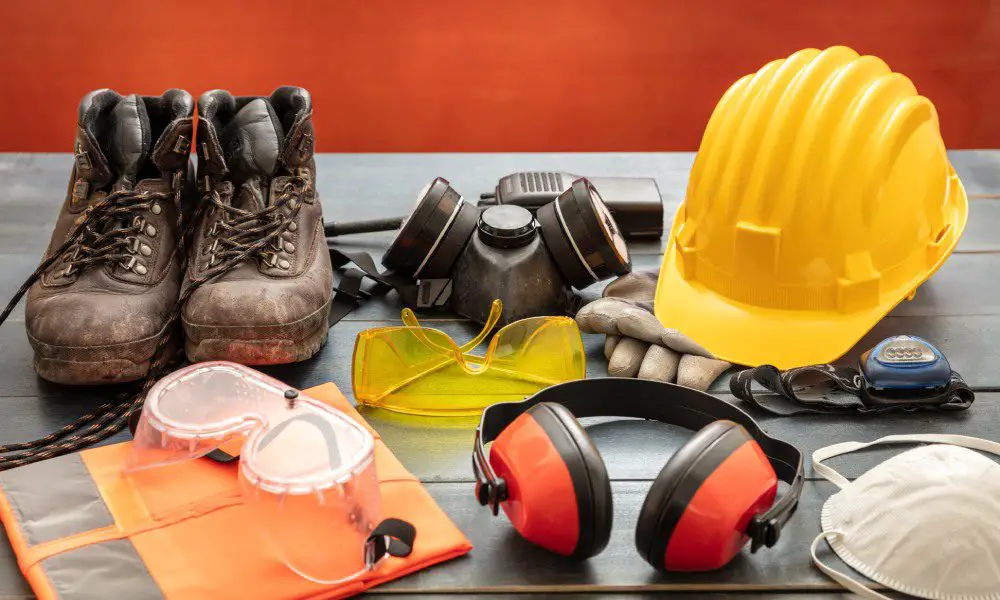

Ensuring safety in industrial environments is critical for the well-being of employees and the overall efficiency of operations. Industrial safety involves a proactive approach to identifying potential hazards, implementing control measures, and fostering a culture of safety awareness. With the myriad of risks present in manufacturing plants, construction sites, and other industrial settings, adopting best practices for safety can significantly reduce accidents and incidents.
Let’s look at the best ways to improve industrial safety to create a safer work environment for everyone.
One of the most effective ways to improve industrial safety is through regular safety inspections. These inspections involve thoroughly examining the workplace, equipment, and processes to identify potential hazards and assess the effectiveness of existing safety measures. By conducting these inspections regularly, it’s possible to address any issues promptly before they escalate into accidents or incidents.
Another crucial aspect of improving industrial safety is holding proper training programs for employees. Employees should receive comprehensive training on how to operate machinery safely, handle hazardous materials, and follow proper safety protocols. This training not only reduces the risk of accidents but also empowers employees to take ownership of their safety, making them more conscious and alert in their work.
Safety should be embedded in the company culture, with everyone taking responsibility for creating a safer work environment. This culture is achievable through promoting open communication, encouraging reporting of hazards or near-misses, and recognizing and rewarding safe practices. When all levels of the organization prioritize safety, it becomes ingrained in daily operations.
Personal protective equipment (PPE) plays a vital role in protecting employees from various hazards in the workplace. Employers should provide appropriate PPE, such as hard hats, goggles, gloves, and respirators, to employees based on their job duties. Learning when to replace your work gloves or hard hat is also essential for ensuring the effectiveness of PPE.
Industrial safety regulations are constantly evolving to adapt to new technologies and practices. Employers and employees must stay updated with these regulations and ensure compliance at all times. This step includes regularly reviewing safety procedures and making necessary changes to improve overall safety.
By implementing these best practices for industrial safety, organizations can create a safer work environment for everyone. Safety shouldn’t be a one-time effort but rather a continuous process that requires constant monitoring, evaluation, and improvement. By fostering a culture of safety and prioritizing the well-being of employees, industrial workplaces can achieve optimal levels of safety and mitigate potential risks.
Discover smart wine storage solutions for hot summer months without air-conditioning. Keep your bottles safe…
Throwing a wedding is exciting and stressful, as you try to make it exciting for…
Transform your living space into a luxurious retreat with these expert design strategies that introduce…
With free time, it’s important to find the activities and hobbies that bring you joy.…
Your website is the foundation of your brand's online presence. Potential clients often visit it…
Upgrading your home's interior doors can dramatically enhance the aesthetic, functionality, and value of your…